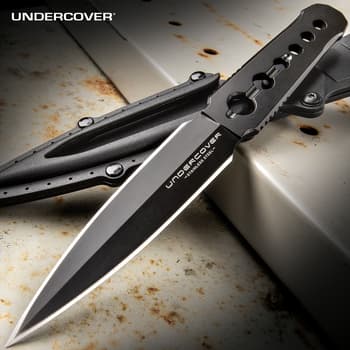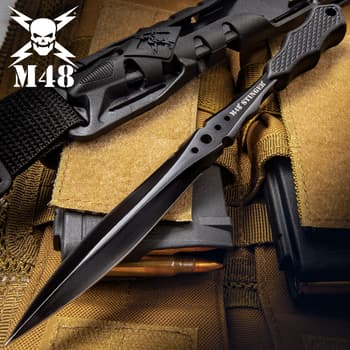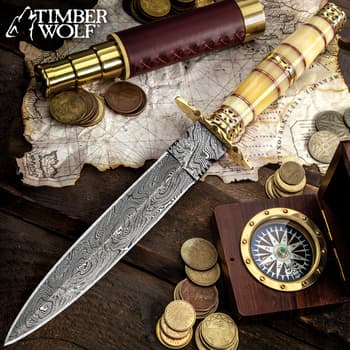Date Published: 2020-10-21
10 Types of Daggers and Their Uses [ULTIMATE GUIDE]
![10 Types of Daggers and Their Uses [ULTIMATE GUIDE]](https://images.ontheedgebrands.com/cdn-cgi/image/quality=60/images/blog/BK-DaggersBlog_1150x375.jpg)
By Adelia Ladson
Daggers, in one form or another, are weapons that can be found in almost every culture throughout the world, many surviving and relevant after thousands of years in existence. Here are some types that you are most likely familiar with and some that you probably are not.
- Push Dagger: A short dagger with a “T” handle design, this fixed blade is an excellent discreet self-defense weapon. The generally compact size makes it easily concealable and it’s used with a punching or pushing force gripped between the middle and index fingers in a closed fist.
- Scottish Dirk: Historically carried by Scottish Highlanders as an everyday knife, this is a long dagger designed for thrusting and slicing. Most Scots could not afford a sword, but everyone carried a dirk and some of these warrior clans even swore their binding oaths on a dirk instead of a sword.
- Bollock Dagger: This fixed blade was used as a backup weapon for the lance and the sword and was popular in the Tudor Period of England. So, the interesting thing about this design of dagger is definitely the very distinctive shape of the hilt, which has two oval-shaped protuberances at the guard. I leave it to your imagination on what they are supposed to represent…
- Stiletto Dagger: Traditionally, long and slender, this dagger was primarily intended as a stabbing weapon and not for slashing or cutting. It was born in Italy and adopted as a favorite weapon of the Medieval assassin because it could be easily concealed and could penetrate the heavy clothing of the times.
- Cinquedea: An Italian Renaissance weapon, this dagger derives its name, which means “five fingers”, because that is supposed to be the width of it below the handguard. It’s a heavy weapon that was carried in place of a knife or sword and the attack was made with the side of the wide blade rather than the point.
- Seax: The name of this dagger literally translates to “knife” in Old English and the Saxons actually drew their name, as a people, from this weapon. It was just an all-purpose tool and weapon that even the women of the tribe carried.
- Bagh Nakh: This claw-like dagger originated in the Indian subcontinent and was designed to fit over the knuckles sort of like brass knuckles or to be concealed in the palm. In Hindi, the name of this weapon translates as “tiger’s claw”, and made to slash through skin and muscle, that’s a pretty accurate description of this weapon.
- Jambiyas: This short, curved blade dagger came from Yemen and Arabic men would wear it as an accessory to their clothing. The extravagance of materials used in a dagger was a representation of the status of its owner. Despite its ornamental value and look, it has still been used as a weapon in times of dispute or conflict.
- Trench Knife: Also called knuckle knives, these daggers were created to use in close quarters combat, during W.W.I, when the fighting was taking places primarily in the trenches. They became important weapons in a style of warfare that depended on overtaking an enemy’s trench line. Both the Allied and Axis forces continued to use them during W.W.II and improved on the original design.
- Kalis: A double-edged Filipino sword, this dagger has a “wavy” section that gives the blade a very unique look and it was used as both a cutting and thrusting weapon. Another unique design feature is the way that the guard flows seamlessly and artistically into the blade instead of being a separate part.
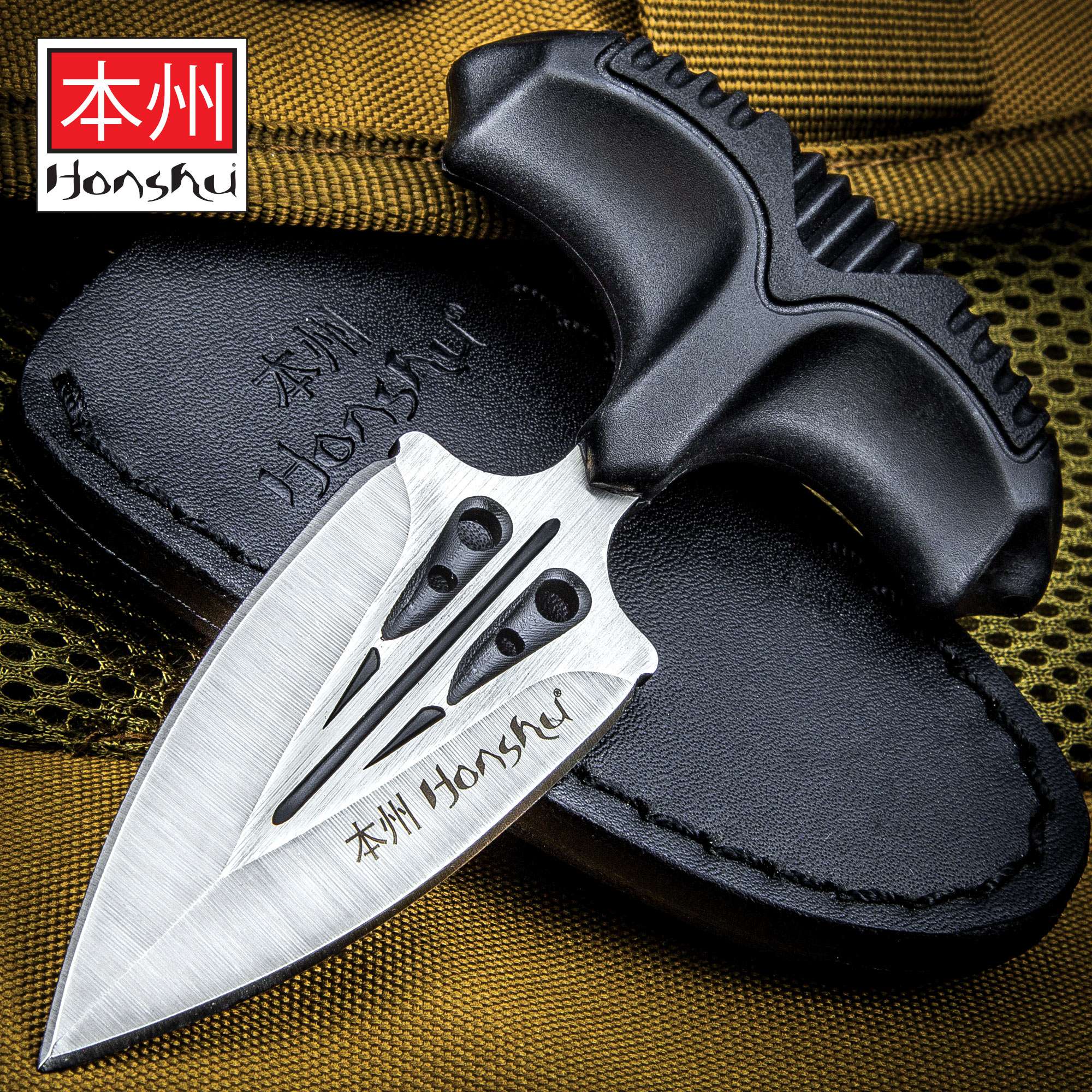 |
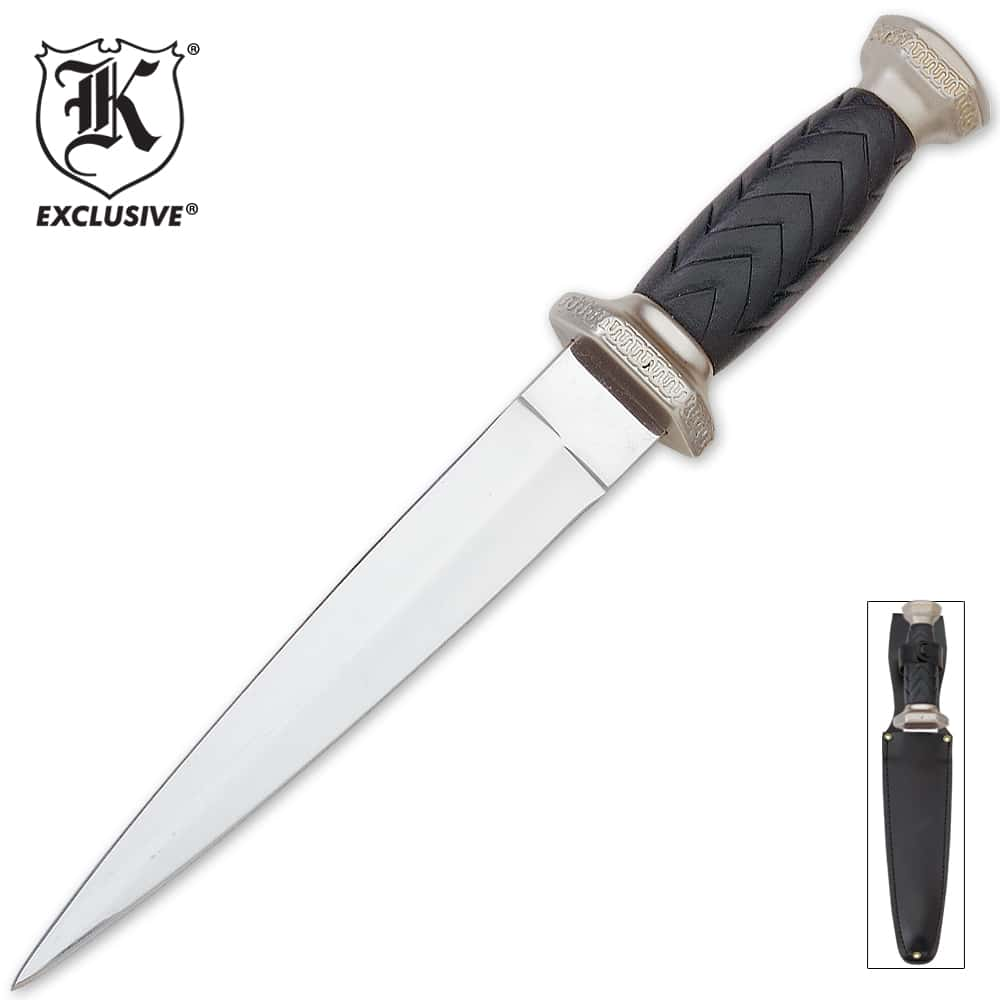 |
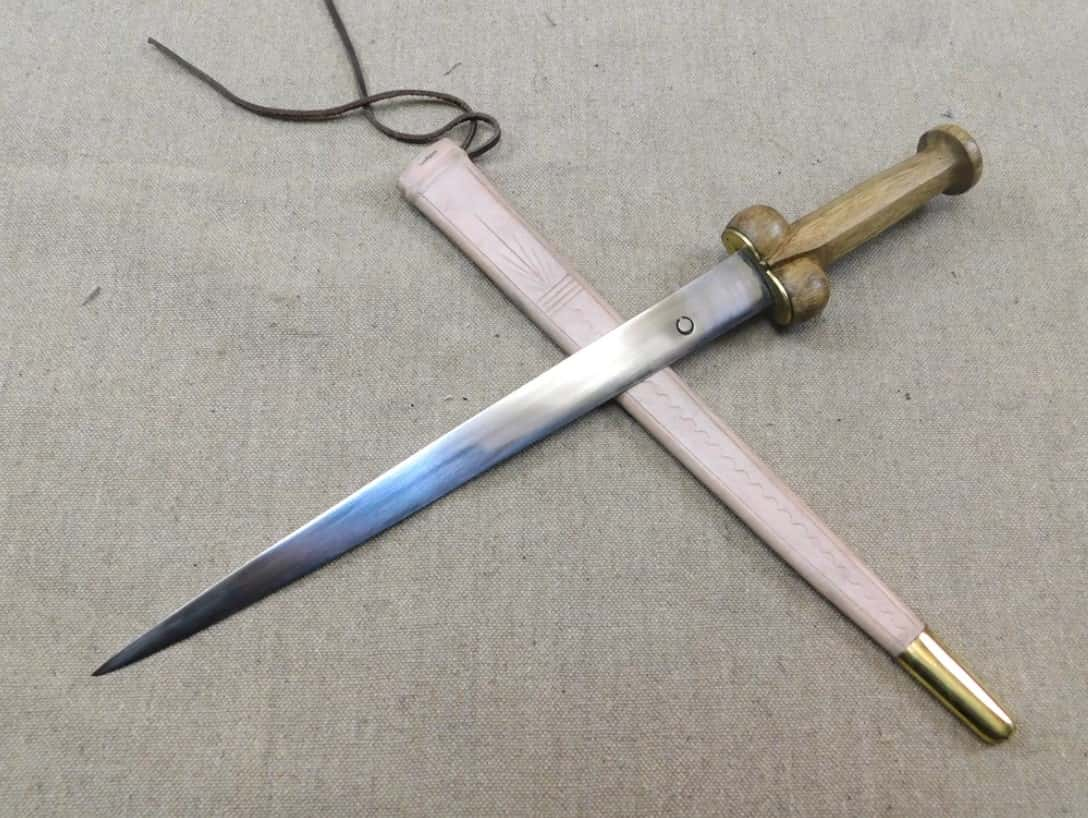 |
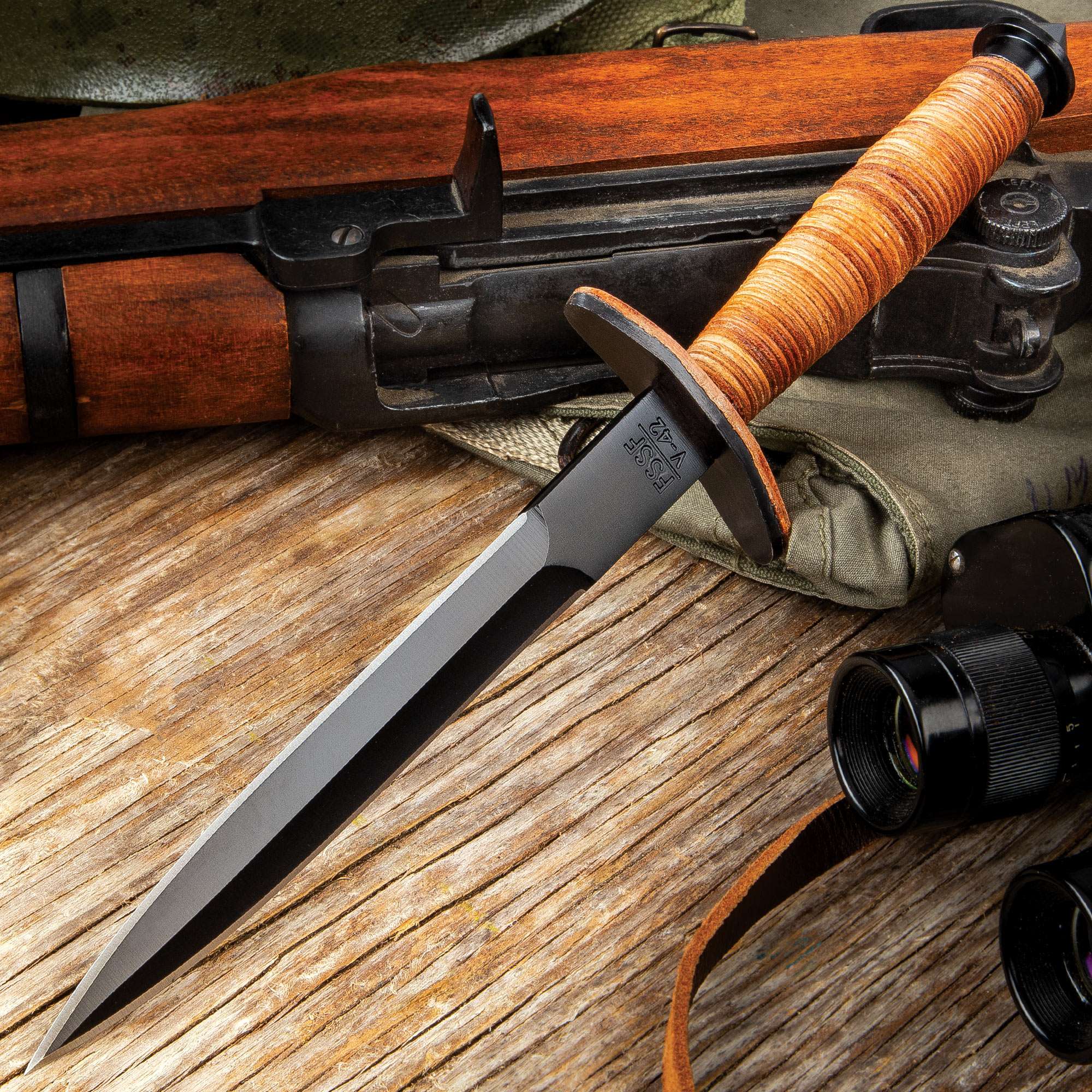 |
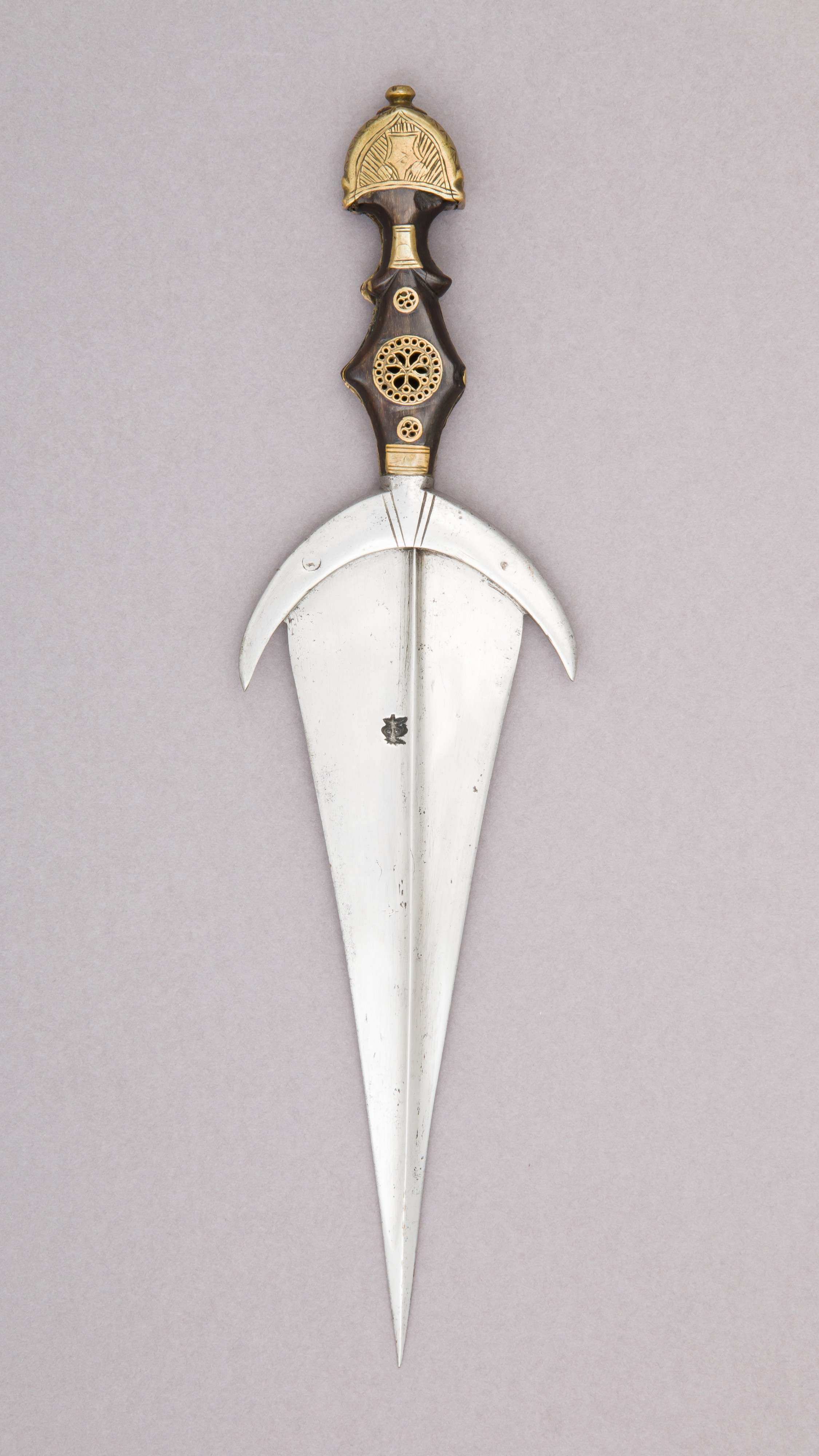 |
| Push Dagger | Scottish Dirk | Bollock Dagger | Stiletto Dagger | Cinquedea |
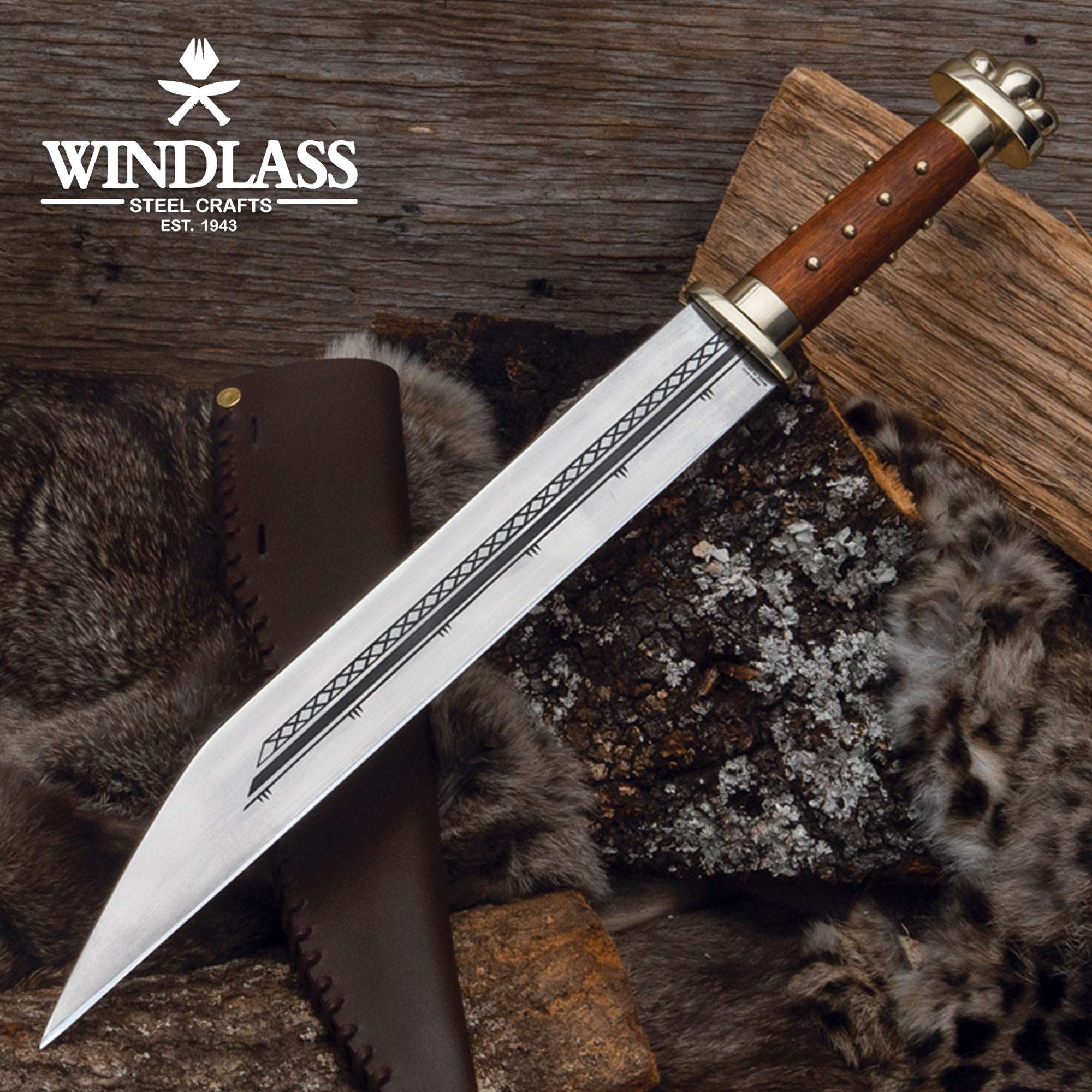 |
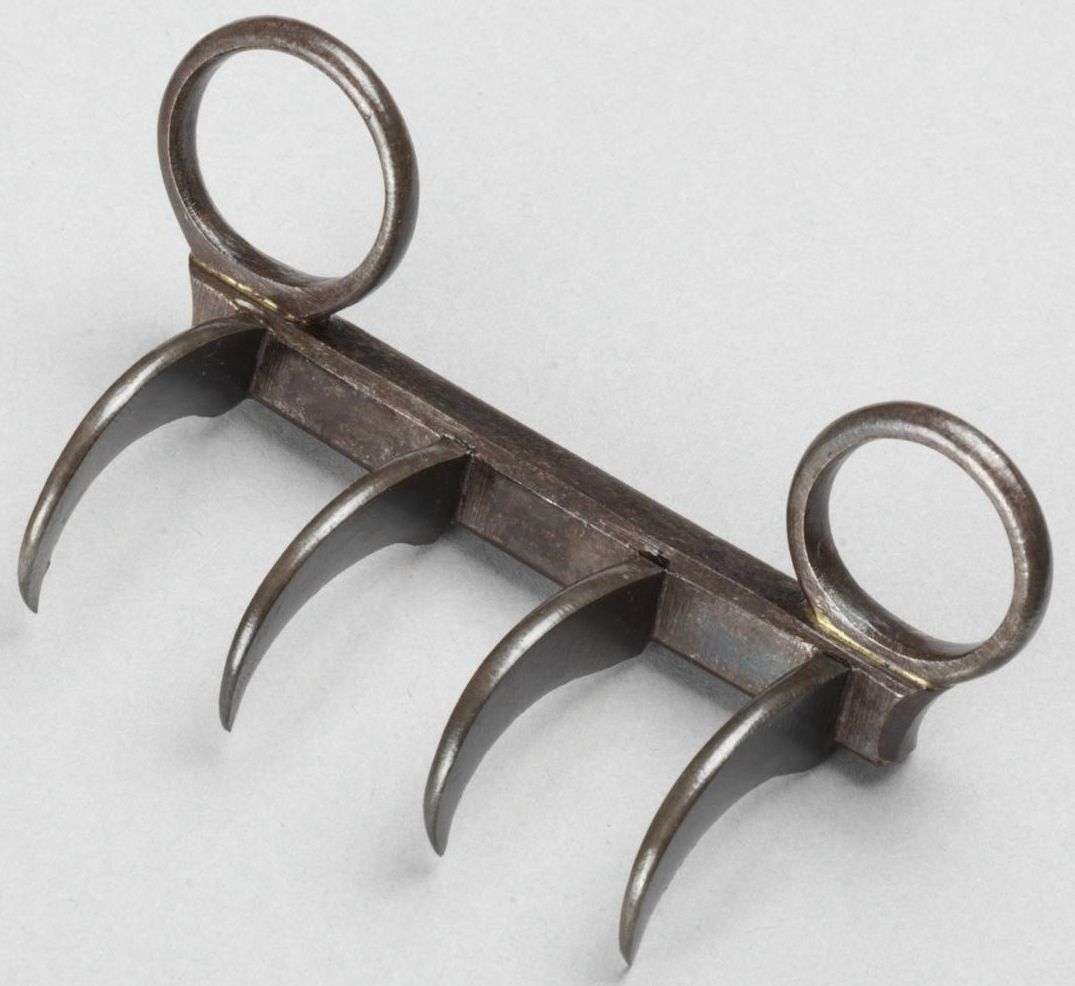 |
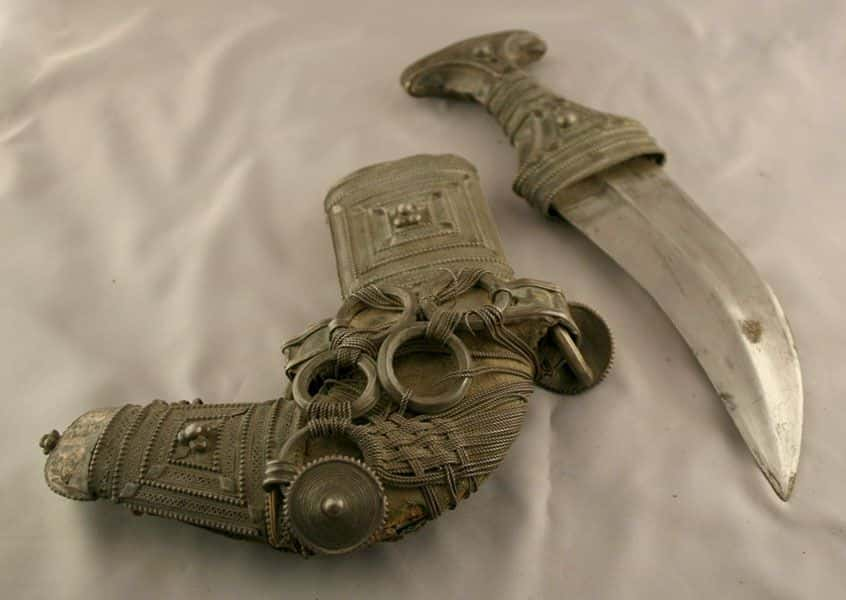 |
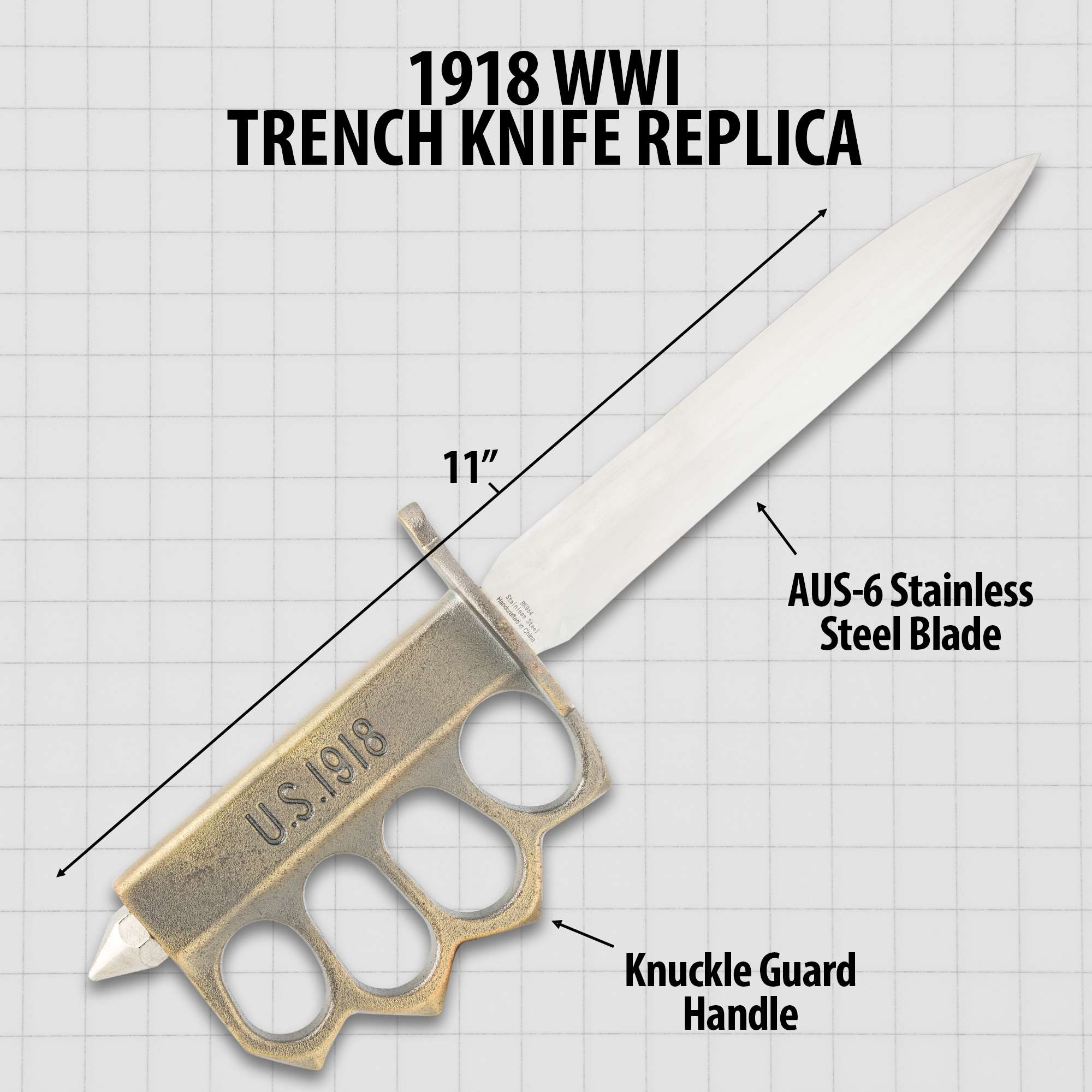 |
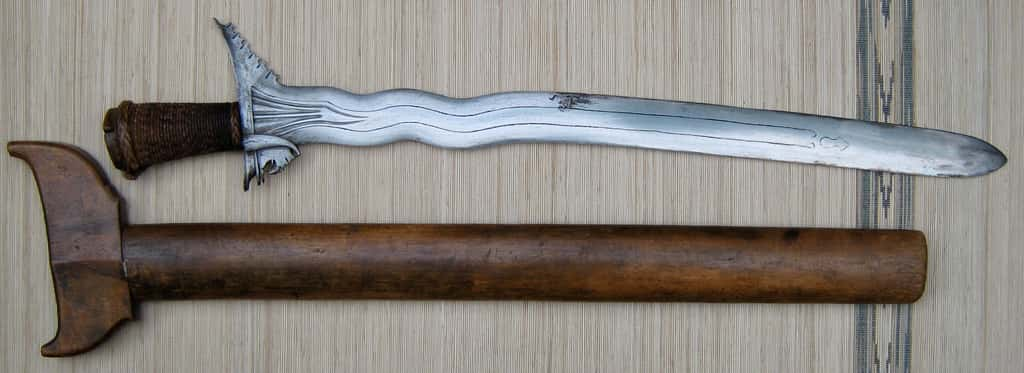 |
| Seax | Bagh Nakh | Jambiyas | Trench Knife | Kalis |
 |
 |
| Push Daggers | Scottish Dirk |
 Bollock Dagger |
 Stiletto Dagger |
 Cinquedea |
 Seax |
 Bagh Nakh |
 Jambiyas |
 Trench Knife |
 Kalis |
Related Products
![10 Types of Daggers and Their Uses [ULTIMATE GUIDE]](https://images.ontheedgebrands.com/cdn-cgi/image/quality=60/Images/budk_logo_desktop.png)





















